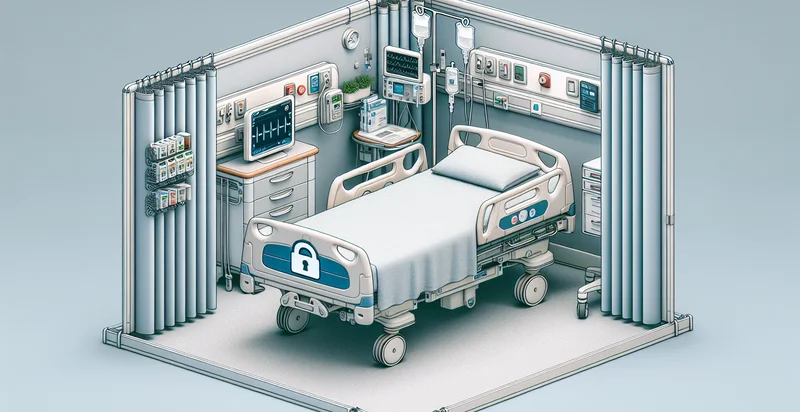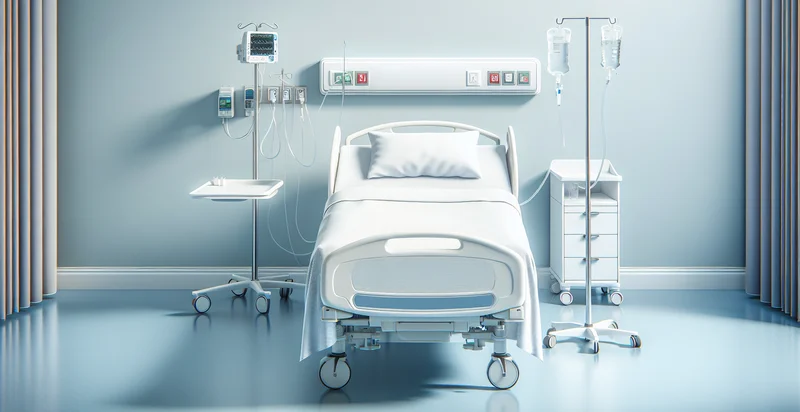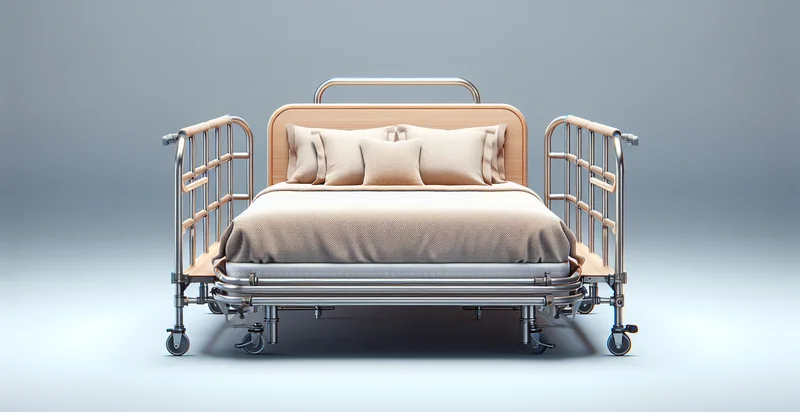Identify if a patient bed is locked
using AI
Below is a free classifier to identify if a patient bed is locked. Just upload your image, and our AI will predict if the patient bed is locked - in just seconds.


Contact us for API access
Or, use Nyckel to build highly-accurate custom classifiers in just minutes. No PhD required.
Get started
import nyckel
credentials = nyckel.Credentials("YOUR_CLIENT_ID", "YOUR_CLIENT_SECRET")
nyckel.invoke("if-a-patient-bed-is-locked", "your_image_url", credentials)
fetch('https://www.nyckel.com/v1/functions/if-a-patient-bed-is-locked/invoke', {
method: 'POST',
headers: {
'Authorization': 'Bearer ' + 'YOUR_BEARER_TOKEN',
'Content-Type': 'application/json',
},
body: JSON.stringify(
{"data": "your_image_url"}
)
})
.then(response => response.json())
.then(data => console.log(data));
curl -X POST \
-H "Content-Type: application/json" \
-H "Authorization: Bearer YOUR_BEARER_TOKEN" \
-d '{"data": "your_image_url"}' \
https://www.nyckel.com/v1/functions/if-a-patient-bed-is-locked/invoke
How this classifier works
To start, upload your image. Our AI tool will then predict if the patient bed is locked.
This pretrained image model uses a Nyckel-created dataset and has 2 labels, including Bed Locked and Bed Unlocked.
We'll also show a confidence score (the higher the number, the more confident the AI model is around if the patient bed is locked).
Whether you're just curious or building if a patient bed is locked detection into your application, we hope our classifier proves helpful.
Related Classifiers
Need to identify if a patient bed is locked at scale?
Get API or Zapier access to this classifier for free. It's perfect for:
- Patient Safety Monitoring: This function ensures that patients are securely positioned in their beds by identifying whether a bed is locked. By verifying the bed's status, healthcare providers can prevent falls and enhance overall patient safety.
- Workflow Optimization: By integrating the bed lock identifier into hospital management systems, staff can receive instant notifications about bed statuses. This allows for more efficient patient handling and minimizes delays in care due to unlocked beds.
- Compliance and Reporting: Healthcare facilities can use the identifier to ensure compliance with safety regulations regarding patient bed security. The system can generate reports on bed lock statuses, supporting audits and improving facility accreditation processes.
- Bed Management Systems: The identifier can be a critical component in automated bed management systems, enabling the tracking of bed availability based on whether they are locked or unlocked. This technology can streamline the admission and discharge processes by ensuring that beds are ready for new patients.
- Staff Training and Alerts: During training sessions, staff can be educated about the importance of ensuring beds are locked when not in use. Additionally, the identifier can provide real-time alerts to nursing staff if a bed is left unlocked after a patient is transferred.
- Patient Experience Enhancement: By ensuring that beds are securely locked, the identifier enhances the overall patient experience by providing peace of mind. Patients can feel safer knowing that proper protocols are in place to secure their environment.
- Risk Management Analysis: The data collected by the bed lock identifier can be analyzed to identify patterns and instances of unlocked beds. This analysis can inform risk management strategies and help healthcare facilities implement more stringent protocols to reduce incidents.


